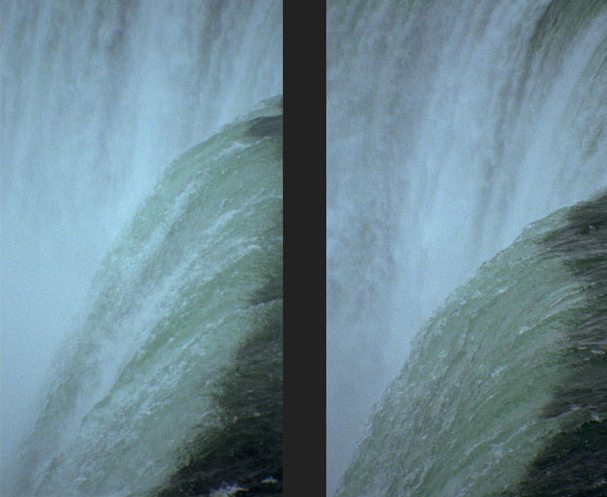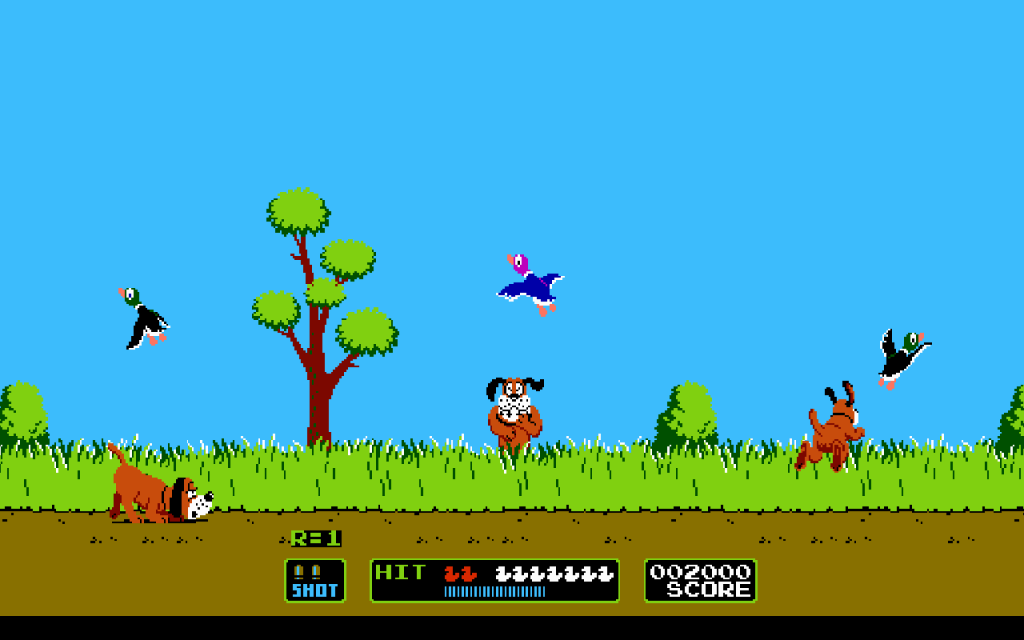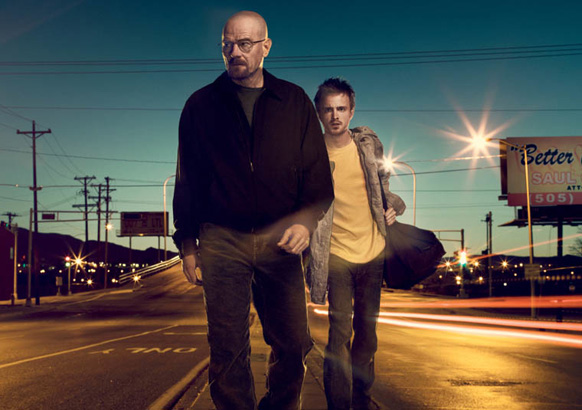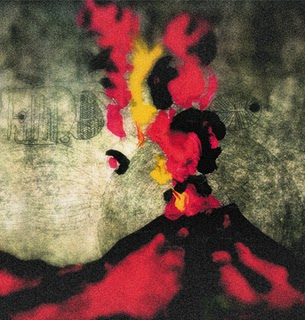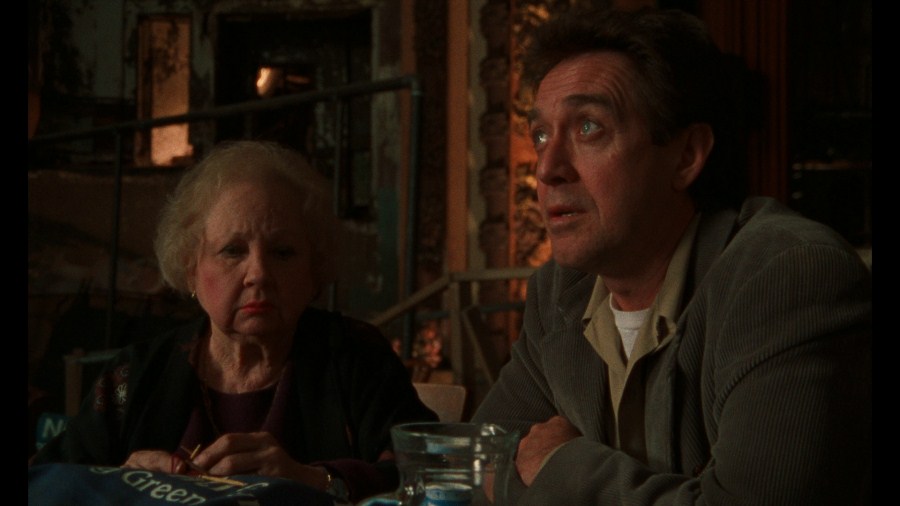‘by A.L. Major’
In April, the Atlantic Monthly published an article that was so ill-advised I hesitate to post a link to the article for fear of increasing its page count and further sensationalizing the author’s bogus argument. The article was about creative writing programs. An impassioned, somewhat jilted, author, Jon Reiner, makes a case for why instead of going to MFA schools, wanna-be published authors should go out and live—similar to arguments for why writers need to have “real-life jobs” before writing. Considering the sheer number of Creative Writing MFA programs in the U.S, there is a high likelihood that young, well-educated, straight-out-of-college aspiring writers are going to slip their way into those cherished programs, but of the many faults, Jon Reiner made, the gravest perhaps is how he grossly misjudges the lives of those “young” students. His stance that younger students have not lived comes from a ridiculously, narrow and American perspective; for he assumes MFA students grew up in American suburbs and were pampered by their middle to upper class families. But, believe me, I don’t want to write a post about his article article, especially so belatedly. In fact, I’ve only mentioned it to say how it got me thinking about my lack of long-term job experience and how as a young girl growing up in a developing country jobs, first jobs especially, didn’t always seem like a job in the quintessential sense.

